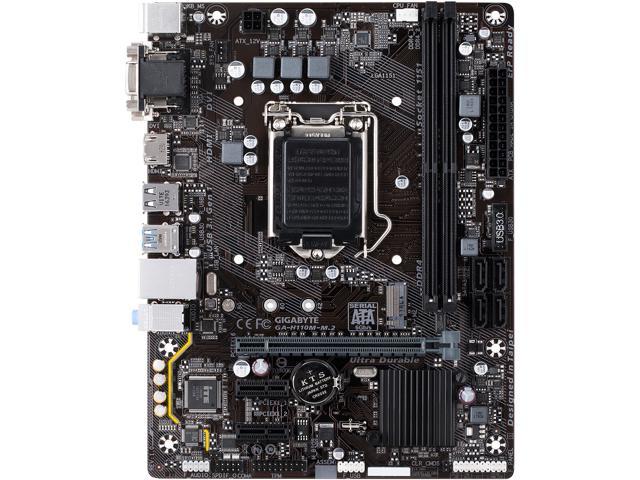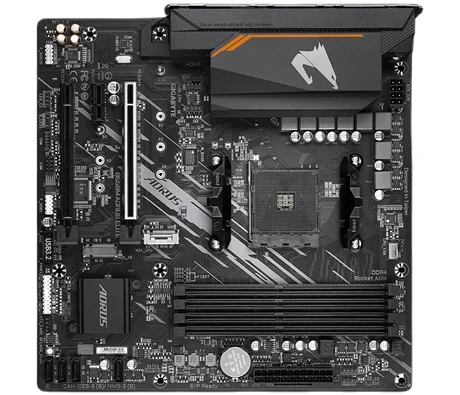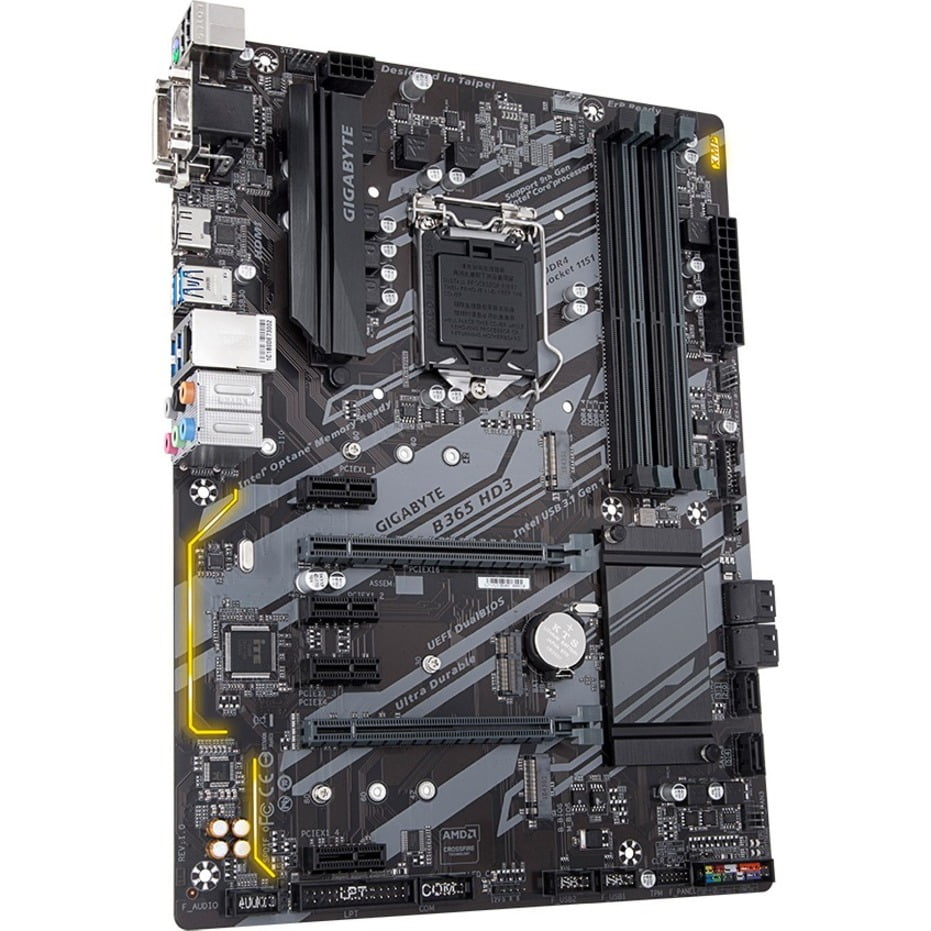

- M 2 SPOT FOR GIGABYTE ULTRA DURABLE MOTHERBOARD UPDATE
- M 2 SPOT FOR GIGABYTE ULTRA DURABLE MOTHERBOARD FULL
- M 2 SPOT FOR GIGABYTE ULTRA DURABLE MOTHERBOARD PRO
- M 2 SPOT FOR GIGABYTE ULTRA DURABLE MOTHERBOARD PLUS
With the 980 PRO, Samsung has opted for the same cost-effective TLC chips that all of its competitors use.
M 2 SPOT FOR GIGABYTE ULTRA DURABLE MOTHERBOARD PRO
Previously, the PRO lineup has been exclusively based on higher-end MLC (multi-level cell) NAND memory chips.
M 2 SPOT FOR GIGABYTE ULTRA DURABLE MOTHERBOARD PLUS
Notably, the 980 PRO is more of a successor to the 970 EVO Plus than to the 970 PRO. At the time of writing (October 2021), you can often find it at a slight discount compared to the competition, which makes it even more attractive. In other words, it remains a good choice for any high-end PCIe Gen4-capable system. And to be fair – even after the arrival of the FireCuda 530 and other competitors, it is still the best M.2 SSD in some benchmarks. Samsung’s 980 PRO was launched in late 2020 and was the definite market leader before the WD SN850 arrived. The WD SN850 performs better than the Samsung 980 PRO in a majority of benchmarks, although the 980 PRO remains ahead in some.Ĭheck prices (1TB): Amazon, Newegg 3. Western Digital’s SN850 in particular is an exceptionally fast M.2 SSD with sequential read speeds of up to 7,000 MB/s (read), 5,300MB/s (write) as well as up to 1,000,000 random 4K IOPS.


Runner-up #1: WD SN850īoth the SN850 and Samsung’s 980 PRO are strong competitors to the Seagate FireCuda 530 – and ahead of it in some benchmarks. At these capacities, the drive reaches its maximum 6,900 MB/s sequential write speeds (versus 6,000 MB/s for the 1TB model), as well as slightly better random throughput.Ĭheck prices (1TB): Amazon, Newegg 2.
M 2 SPOT FOR GIGABYTE ULTRA DURABLE MOTHERBOARD FULL
To get the full benefit of what the FireCuda 530 brings to the table, however, you have to opt for the 2TB or 4TB models. This has also resulted in endurance ratings that are well ahead of the closest competitors. The FireCuda 530 uses a proprietary Seagate variety of the Phison E18 controller, but what really seems to make the difference is its 176-layer TLC Flash chips, which were recently launched by Micron. Best PCIe 4.0 NVMe M.2 SSD Overall: Seagate FireCuda 530
M 2 SPOT FOR GIGABYTE ULTRA DURABLE MOTHERBOARD UPDATE
Last update on / Affiliate links / Images from Amazon Product Advertising API 1. In the PCIe 3.0 generation, the Samsung 970 EVO Plus is still an excellent choice – not least because it’s significantly more affordable than the best PCIe Gen4 SSDs. It is closely followed by Western Digital’s WD Black SN850 and Samsung’s 980 PRO (or actually trailing these drives in certain areas). If you own one of the aforementioned platforms, however, the Seagate Firecuda 530 is currently the fastest M.2 SSD overall. Although Gen4 drives are backward-compatible, they offer no performance benefit in a Gen3 system. In other words, there is no need to invest in a more expensive Gen4 SSD for use in a Gen3 system. That includes either Intel’s latest 11th-gen Core platform or any recent AMD counterpart (an X570, B550, or TRX40 motherboard combined with a 3000- or 5000-series Ryzen or Threadripper CPU).

But to take advantage of a Gen4 SSD, you also need a motherboard and processor (CPU) combo that supports the interface. The PCI Express 4.0 (or Gen4) interface offers twice the bandwidth compared to PCIe 3.0 (or Gen3). In addition, you have to account for multiple generations of the PCIe interface itself. If you have a relatively modern motherboard, it most likely has a PCIe/NVMe-capable (and therefore much faster) M.2 slot, so this is the type of drive to look for. Some M.2 SSDs use the SATA interface and have the same performance limitations as any 2.5″ drive. When shopping for a new SSD, it’s important to remember that M.2 is just a form factor that says nothing of the device’s performance. The newer protocol includes many efficiency improvements to deal with parallel transfers and the low-latency nature of SSDs. It replaces AHCI (paired with SATA), which was originally intended for mechanical hard drives. The NVMe protocol – short for non-volatile memory express – was created to make the most out of solid state drives in combination with the PCIe interface. The performance of any storage device boils down to how quickly it lets you move data from storage (non-volatile, slower) to DRAM (volatile, faster).


 0 kommentar(er)
0 kommentar(er)
